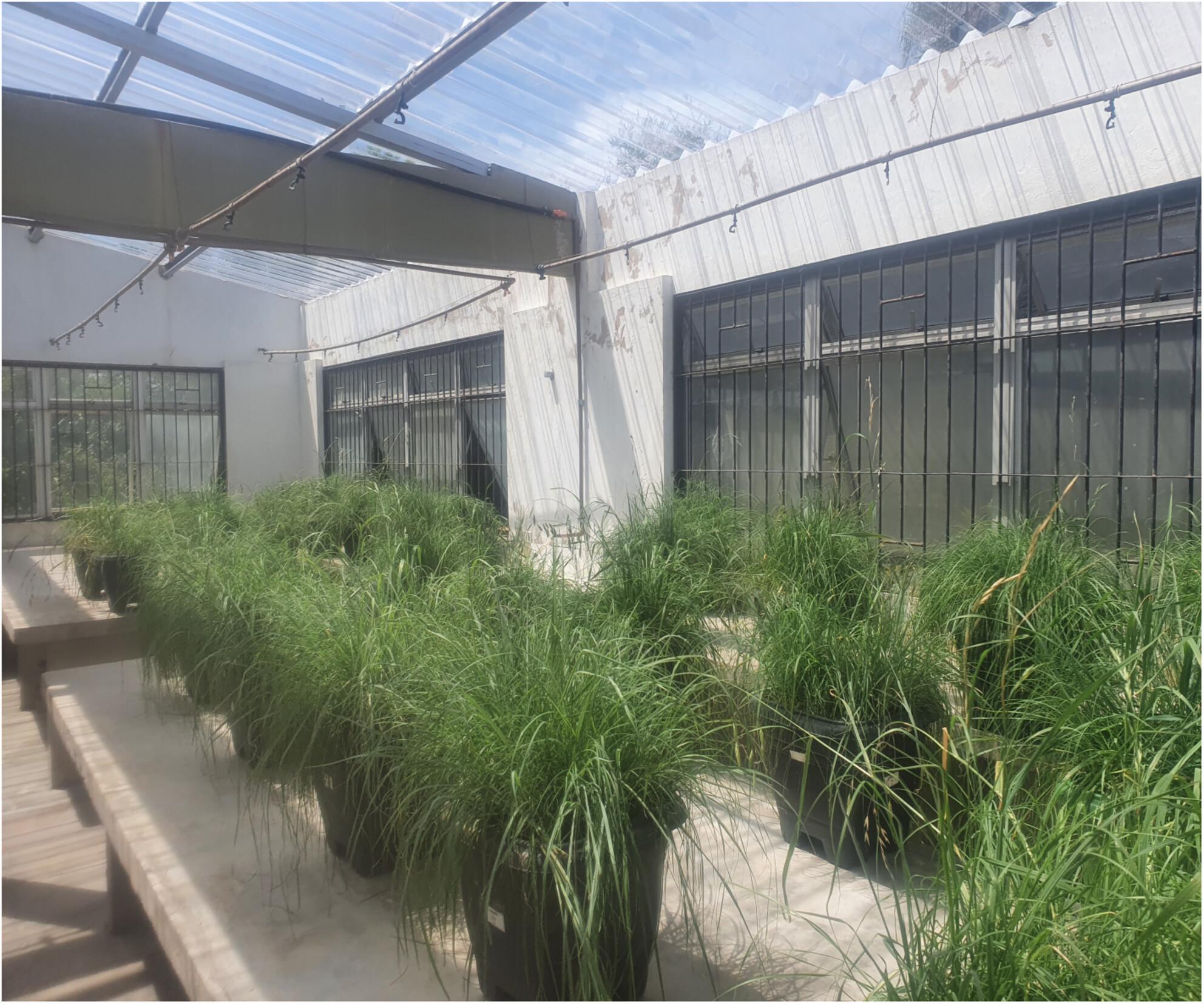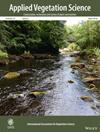Exploring seed density and limiting similarity to reduce invasive grass performance for grassland restoration purposes
Abstract
Questions
Control of invasive species and seed addition are key steps in grassland restoration. Nevertheless, selecting seed mixes and seed quantities are hard tasks in restoration projects. An interesting idea is to design seed mixes using functional traits and create a community based on limiting similarity to overlap and outcompete the invader. We aimed to test the effect of two sown communities (one created to overlap the invader niche) and three seed sowing densities to reduce the performance of the invasive grass Eragrostis plana.
Location
Greenhouse experiment in the Campos Sulinos grasslands region, Southern Brazil.
Methods
We created a bifactorial experiment. The first factor was the sown community, each composed of nine native grasses but with different proportions: (1) Limiting, based on limiting similarity, and (2) Balanced, where all species were sown at the same seed weight. We used leaf functional traits (Specific leaf area, leaf area, leaf dry matter content ) to design the Limiting community. The second factor was the seed density of native species, sowing twice (1) 1 g/m2, (2) 2 g/m2, and (3) 4 g/m2 (i.e., total density was 2, 4, and 8 g/m2). E. plana was sown once at 0.5 g/m2. Above-ground and below-ground biomass of all species were collected after nine months to assess the treatment effects.
Results
Biomass production of the invasive species was lower when sown with native species. Nevertheless, both sown communities did not differently affect the invasive biomass production. Higher seed density of native species resulted in lower invasive above-ground biomass, but not below-ground biomass. Three native species did not germinate, consequently, the established communities were quite different from those designed.
Conclusions
The low species germination limited our discussion about the use of limiting similarity to design seed mixes. High seed sowing density is a better approach when defining sowing strategies to compete with invasive grasses.


 求助内容:
求助内容: 应助结果提醒方式:
应助结果提醒方式:


